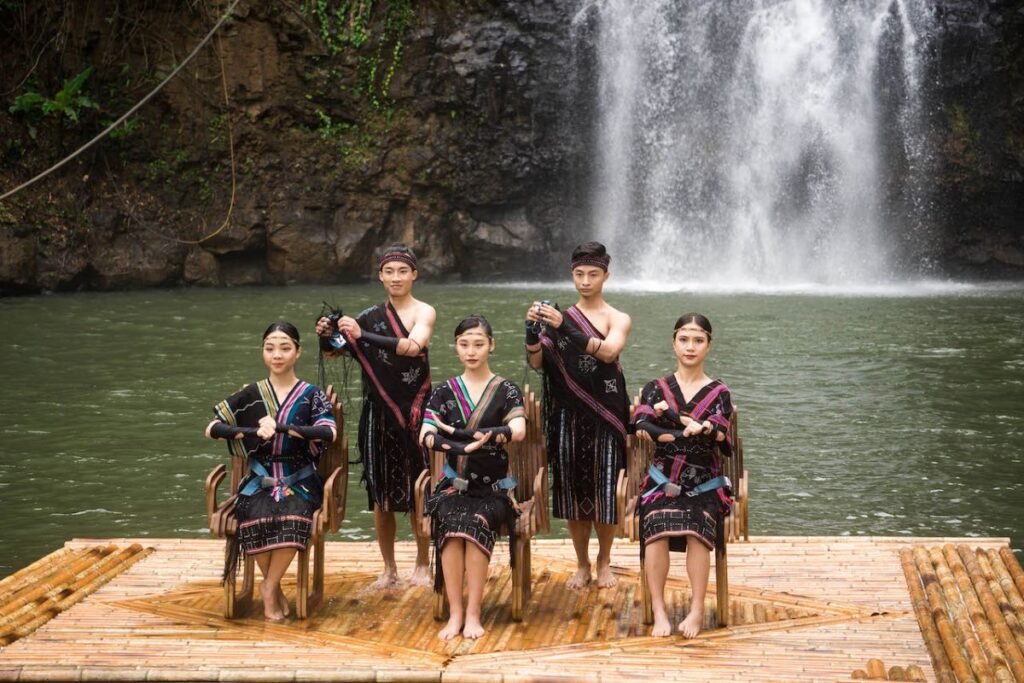When people think of Vietnam, they often picture bustling cities like Hanoi and Ho Chi Minh City, the tranquil beauty of Ha Long Bay, or the savory delight of a bowl of pho. Yet beyond these iconic images lies a rich and vibrant tapestry that tells the true story of Vietnam — its indigenous cultures.
Vietnamese indigenous cultures are not relics of the past. They are living, breathing expressions of identity, woven into daily life, landscapes, rituals, architecture, and even cuisine. These cultures, rooted in generations of wisdom and community, offer travelers a deeper connection to the country — far beyond what is found in travel brochures.
This article explores what Vietnamese indigenous cultures are, how they shape everyday life, and why they are essential to understanding the heart of Vietnam.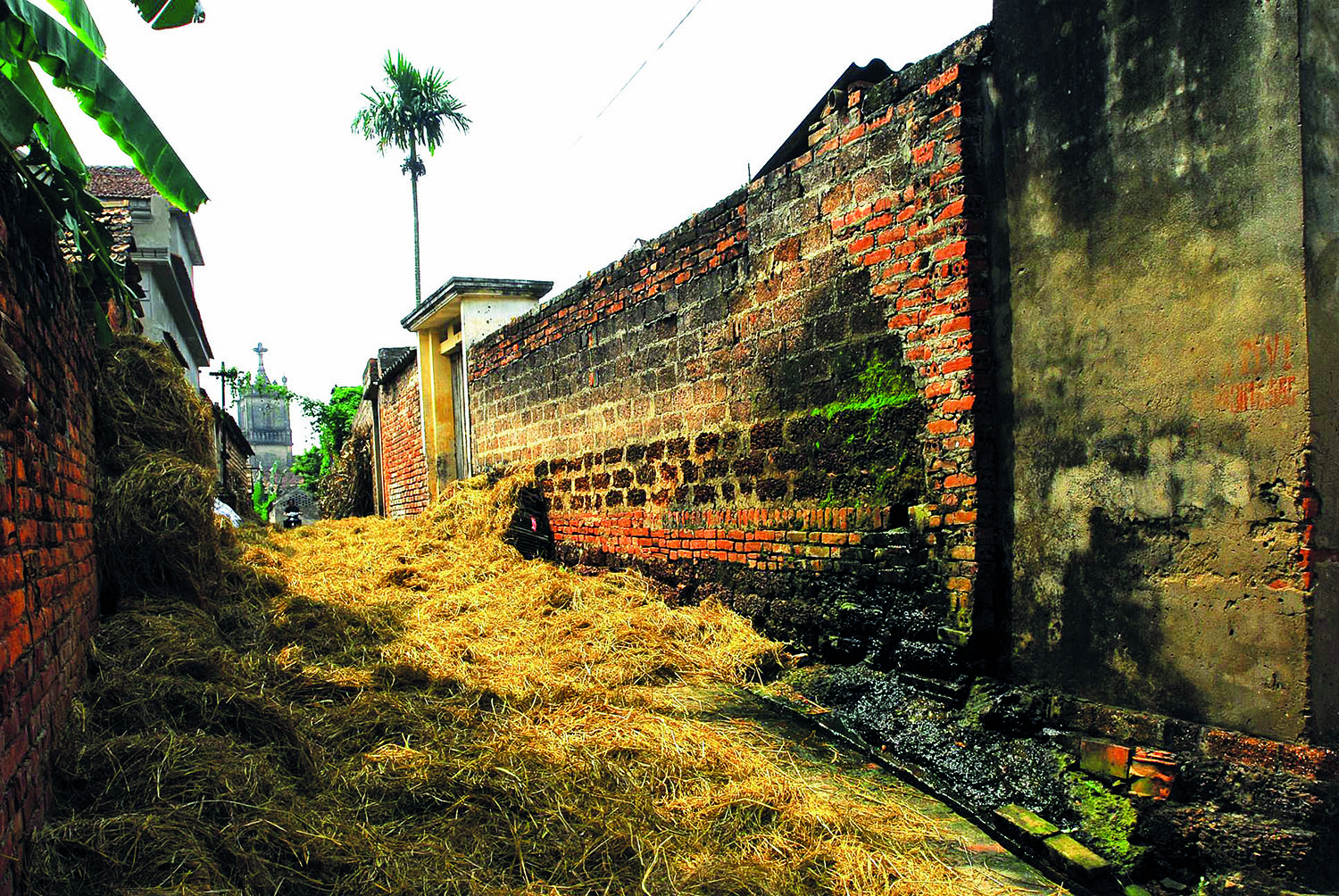
What Are Vietnamese Indigenous Cultures?
Vietnamese indigenous cultures refer to the diverse traditions, beliefs, customs, languages, and art forms that have been developed and passed down by the many ethnic communities across the country.
Vietnam is home to 54 officially recognized ethnic groups, each with its own distinct cultural identity. While the majority Kinh (Viet) population makes up about 85% of the population, the remaining 15% includes minority groups such as the Hmong, Dao, Tay, Thai, Cham, Khmer, Ede, and many others.
Characteristics of Vietnamese Indigenous Cultures
- Language: Many groups speak unique languages or dialects with no written form, passed down orally through generations.
- Dress: Traditional clothing, often handwoven and dyed naturally, varies greatly between groups — from intricate Hmong embroidery to the elegant Cham costumes.
- Spiritual Beliefs: Animism, ancestor worship, and nature-based spirituality are common.
- Housing and Architecture: From stilt houses in the north to longhouses in the Central Highlands, homes reflect environmental adaptation and cultural values.
- Art and Music: Indigenous music often includes gongs, flutes, and folk dances tied to spiritual rituals and agricultural cycles.
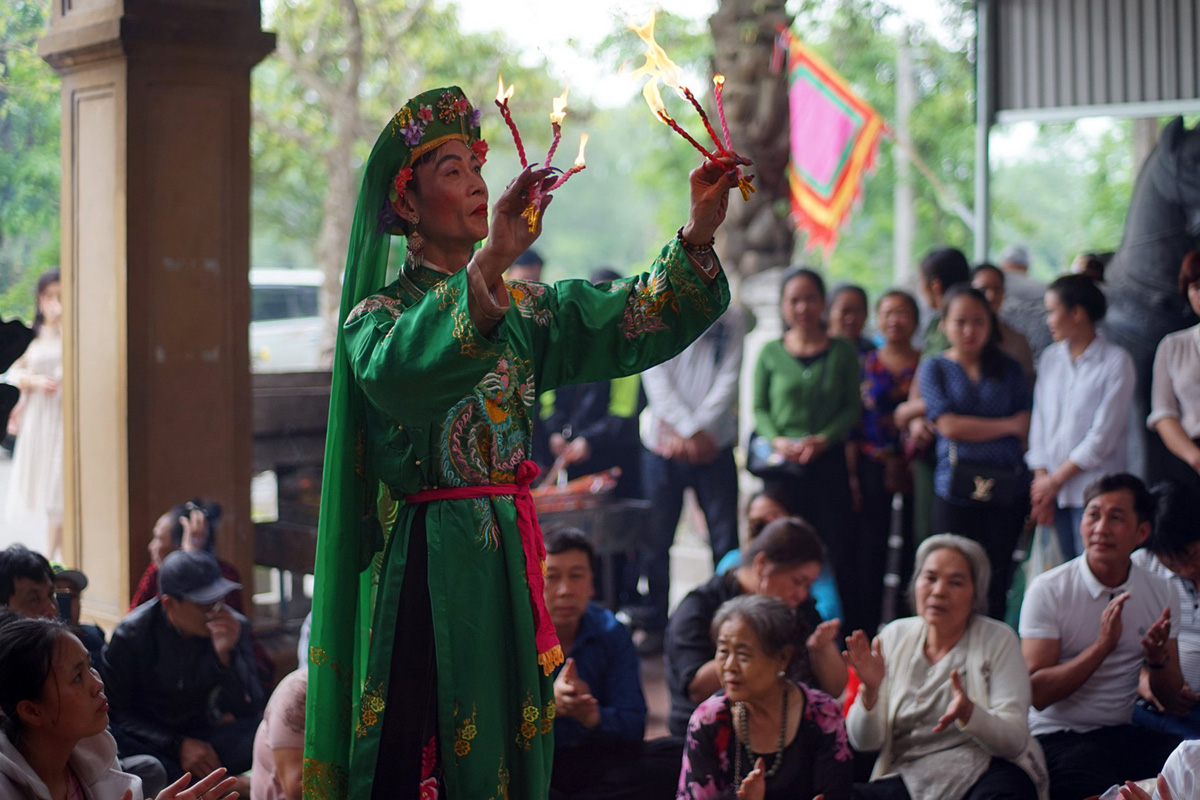
Regional Diversity of Indigenous Cultures
Northern Highlands
In areas like Sapa, Ha Giang, and Lai Chau, travelers can encounter the Hmong, Dao, Tay, and Thai communities. Life in these regions is deeply intertwined with agriculture, with terraced rice fields forming part of the cultural and physical landscape.
- The Hmong people are known for their batik-dyed textiles and silver jewelry.
- The Red Dao women wear elaborate red headdresses and engage in herbal medicine practices.
- The Tay and Thai communities often live in stilt houses and perform traditional dances like the xoe dance.
Central Highlands
This region is home to ethnic groups such as the Ede, Jarai, and Bahnar, whose cultures are distinct from those in the north and heavily influenced by the forested highland terrain.
- Gong music is central to Central Highland spirituality and was recognized by UNESCO as Intangible Cultural Heritage.
- Communal longhouses reflect matriarchal family structures.
- Ceremonies like the Buffalo Sacrifice Festival mark transitions and celebrate community cohesion.
Central Coast and South
In the coastal provinces and Mekong Delta, you’ll find Cham, Khmer, and Hoa communities. Each group has a unique history, with many tracing their origins back over a thousand years.
- The Cham were once part of the Champa Kingdom, leaving behind majestic towers and temples.
- The Khmer maintain rich Buddhist traditions and unique temple architecture.
- The Hoa (ethnic Chinese) have contributed significantly to Vietnamese cuisine and commerce.
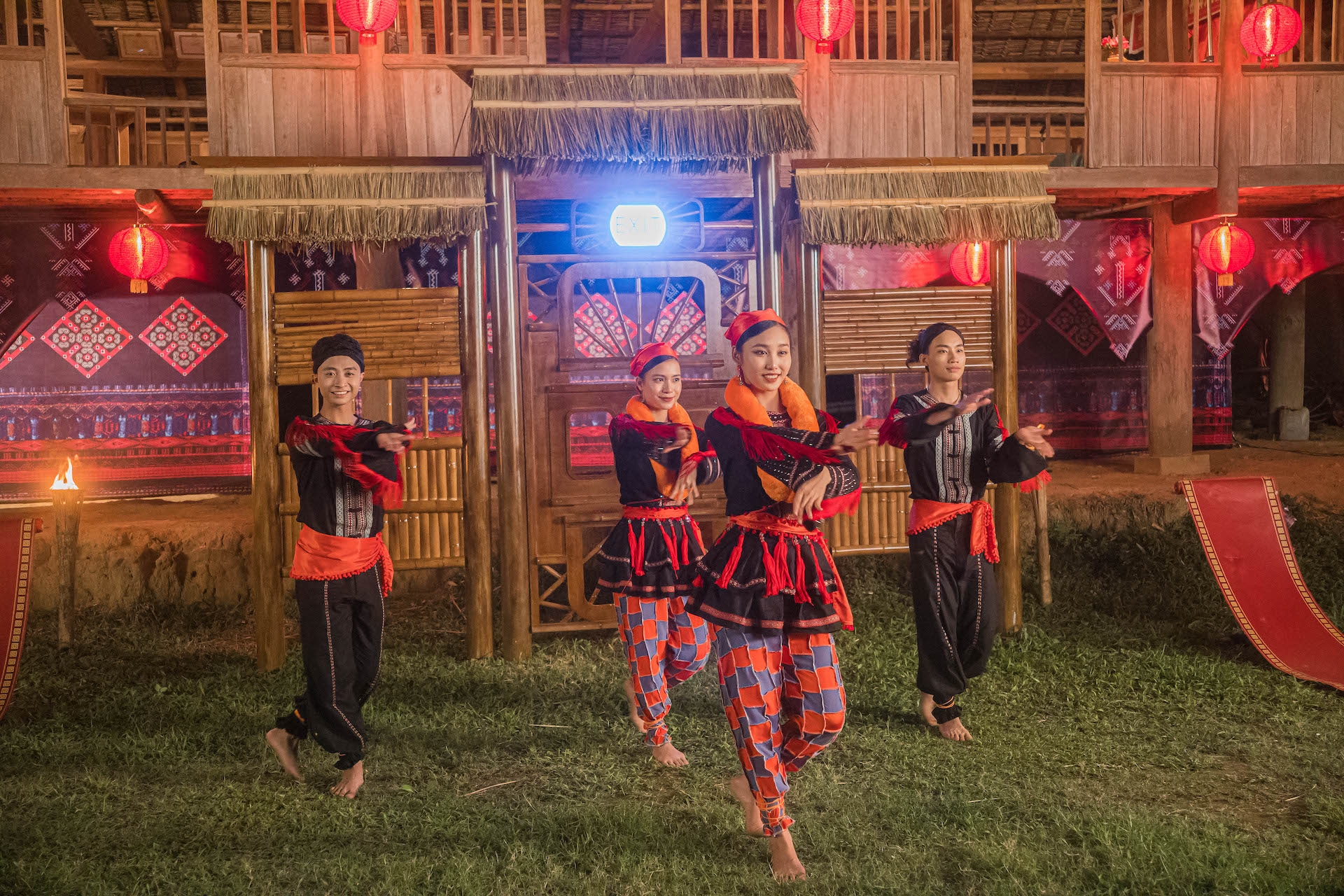
The Role of Vietnamese Indigenous Cultures in Modern Tourism
As travelers increasingly seek authentic, immersive experiences, indigenous cultures offer a compelling alternative to mass tourism. Instead of visiting tourist hotspots, many now choose to explore indigenous villages, join cultural workshops, and learn about the lifestyle of ethnic communities.
Why Indigenous Culture Appeals to Foreign Visitors
- Authenticity: Indigenous experiences are rooted in tradition and local knowledge.
- Educational Value: Cultural tourism allows visitors to learn directly from local people.
- Connection: Visitors can participate in traditional ceremonies, cooking, weaving, and farming.
- Sustainability: Responsible tourism that respects indigenous practices supports local economies and preserves cultural integrity.
Cultural Tourism Activities
- Homestays in ethnic villages (e.g., Ta Van in Sapa or Ban Don in Dak Lak)
- Handicraft workshops: Learn to weave brocade, make incense, or carve bamboo.
- Traditional festivals: Participate in Tet celebrations, buffalo festivals, or harvest rituals.
- Ethnic museums: The Vietnam Museum of Ethnology in Hanoi offers a comprehensive look at Vietnam’s ethnic diversity.
Architecture and Design: Indigenous Influence in Modern Spaces
Architecture in Vietnam is increasingly influenced by indigenous design, especially in tourism and resort development. Many eco-resorts, hotels, and cultural centers draw inspiration from local traditions.
Examples of Indigenous Architectural Influence
- Mường Thanh Holiday hotels use motifs and patterns from local minorities.
- Zannier Hotels Bai San Ho in Phu Yen reflects ethnic architectural styles from the Central Highlands, using bamboo, thatch, and earthen walls.
- Amanoi Resort in Ninh Thuan incorporates Cham design elements, paying homage to the region’s ancient heritage.
These integrations not only create aesthetically pleasing environments but also preserve and honor indigenous cultural identity, offering travelers a deeper connection to place.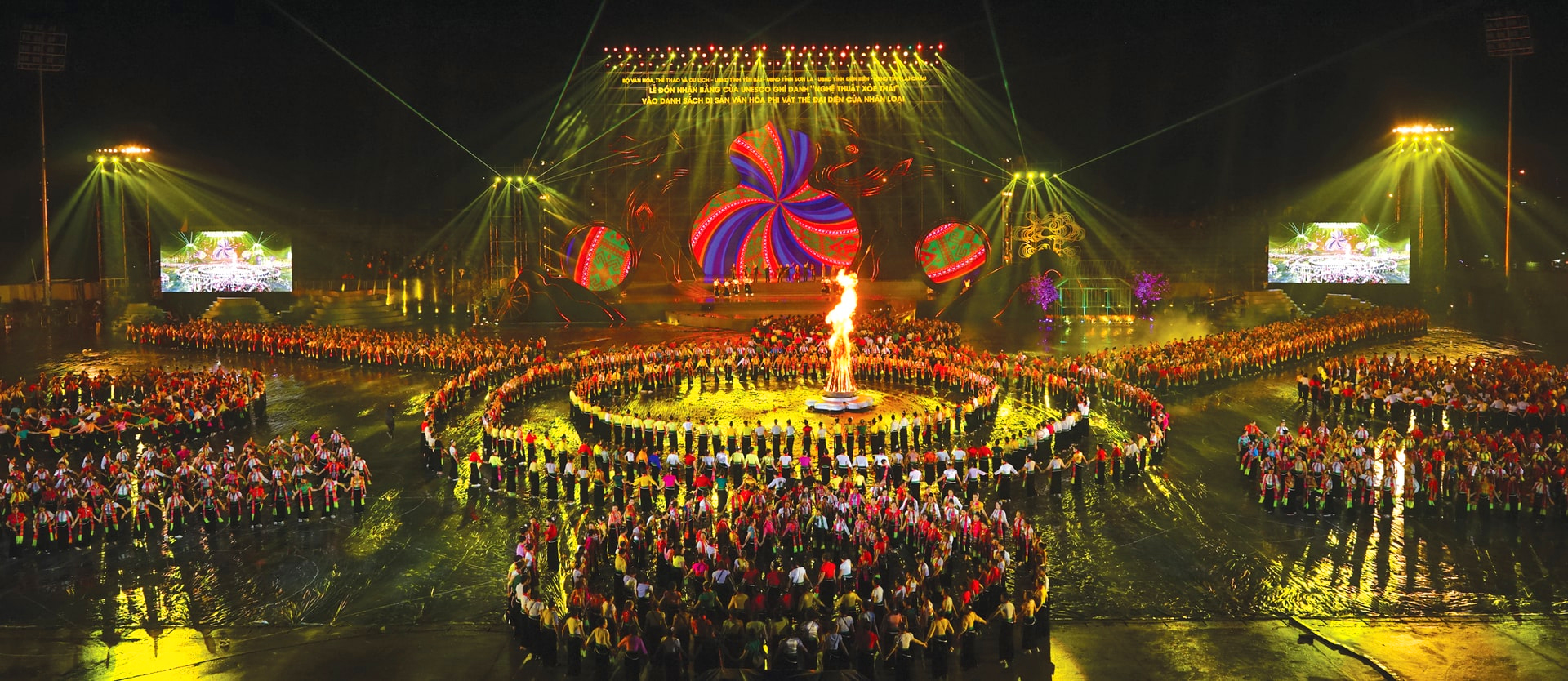
Challenges Facing Vietnamese Indigenous Cultures
Despite their richness and importance, Vietnamese indigenous cultures face several challenges in today’s rapidly modernizing world.
1. Cultural Erosion
Urbanization, migration, and globalization threaten traditional lifestyles. Many young people move to cities, leaving behind cultural practices that may fade without transmission.
2. Misrepresentation in Tourism
In some areas, cultural practices are over-commercialized or inaccurately portrayed to satisfy tourists, which can lead to disrespect or dilution of traditions.
3. Language Loss
Dozens of indigenous languages are at risk of extinction, with younger generations increasingly speaking only Vietnamese.
4. Limited Documentation and Support
Many ethnic groups lack formal representation or funding for cultural preservation initiatives. Some customs and rituals have never been formally documented.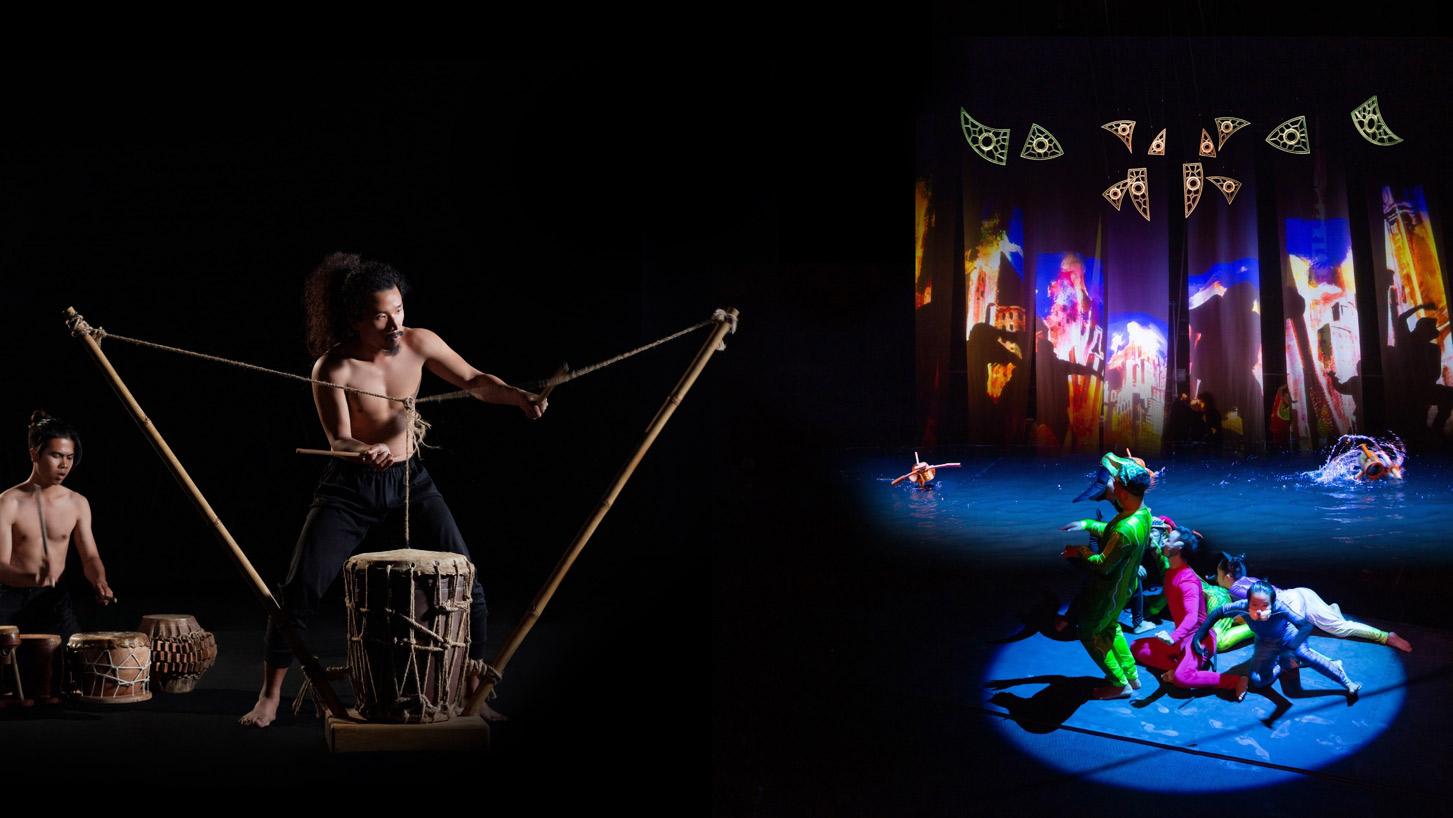
Preserving and Promoting Indigenous Culture: A National Priority
Recognizing the importance of cultural diversity, Vietnam has begun to implement strategies to preserve and promote indigenous culture.
Government and NGO Efforts
- Vietnam’s Strategy for Tourism Development to 2030 emphasizes cultural preservation as a key goal.
- Cultural preservation programs support language documentation, artisan training, and festival promotion.
- Community-based tourism models are being developed across the country with support from NGOs and international organizations.
Education and Awareness
- Schools in ethnic regions are incorporating local culture into the curriculum.
- Museums and cultural parks are promoting inter-ethnic dialogue and understanding.
- Social media platforms are being used by ethnic youth to reclaim and share their heritage.
How Travelers Can Support Vietnamese Indigenous Cultures
As a visitor to Vietnam, your choices can have a positive impact on the future of Vietnamese indigenous cultures.
What You Can Do:
- Choose community-based tourism operators that share profits with locals.
- Buy authentic crafts made by indigenous artisans.
- Respect local customs: Dress modestly, ask permission before photos, and learn basic greetings in local dialects.
- Participate in cultural experiences, but avoid exploitative tours.
- Educate yourself about the culture before you visit.
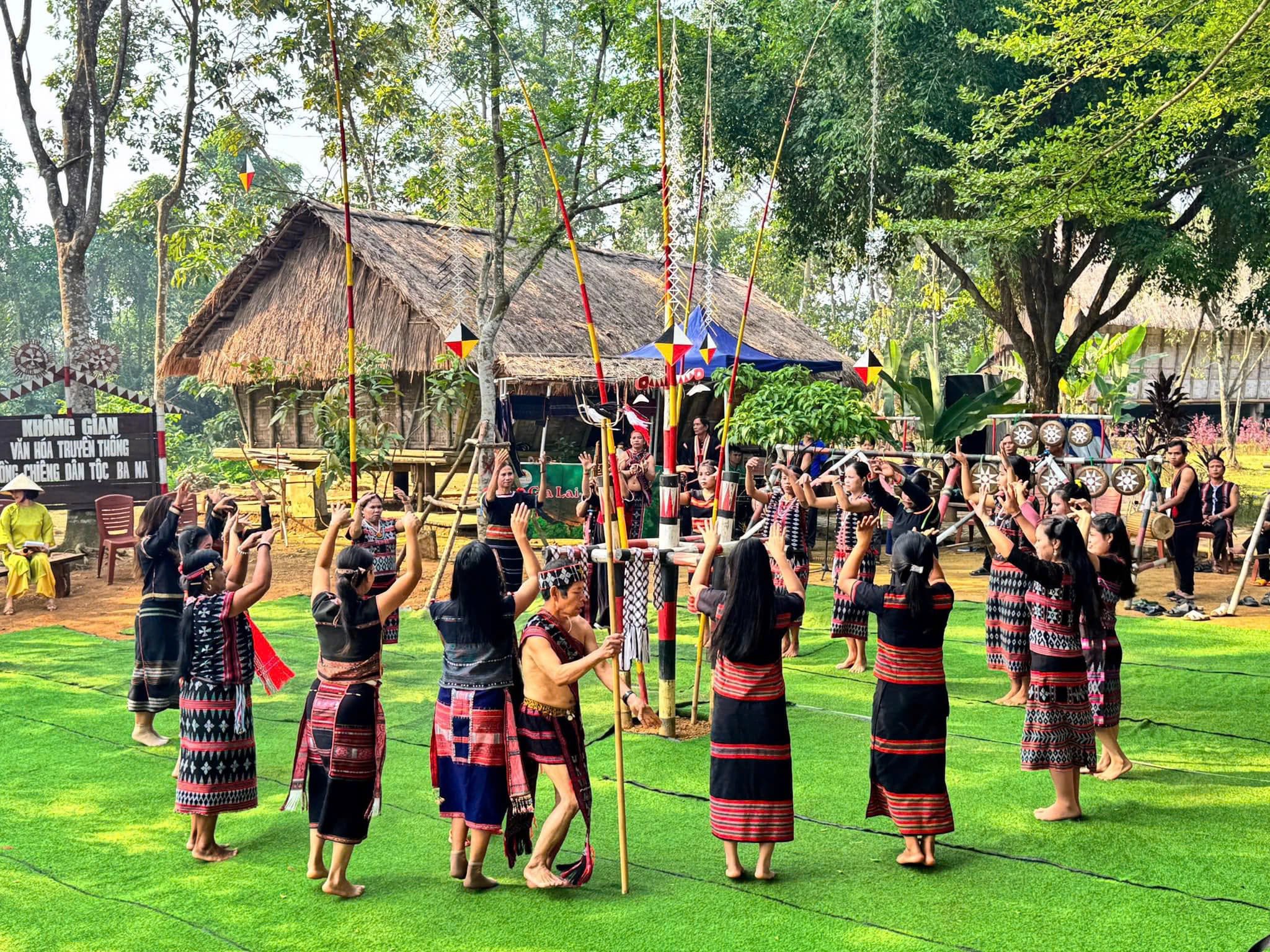
The Future of Indigenous Cultures in a Changing Vietnam
While modernization brings challenges, it also offers opportunities for cultural revitalization. Through responsible tourism, education, and community empowerment, Vietnamese indigenous cultures can not only survive — they can thrive.
With the growing global interest in cultural authenticity and sustainability, Vietnam has the potential to become a leading example of how indigenous identity and economic development can coexist harmoniously.
From the terraced fields of the north to the spiritual rhythms of the Central Highlands, Vietnamese indigenous cultures are the soul of the nation. They are not simply traditions to be observed but living experiences that connect people — across time, across regions, and across cultures.
For foreign travelers, exploring these cultures offers more than memories; it offers meaning. It’s a chance to see the world through the eyes of those who have lived in harmony with nature, community, and tradition for generations.
So, as you plan your journey to Vietnam, go beyond the guidebooks. Seek out the stories, the songs, the ceremonies — and discover the vibrant, enduring heart of Vietnamese indigenous cultures with Vietnam Culture.
See more post: Vietnamese pagodas: A spiritual journey through Vietnam’s most sacred pagodas

